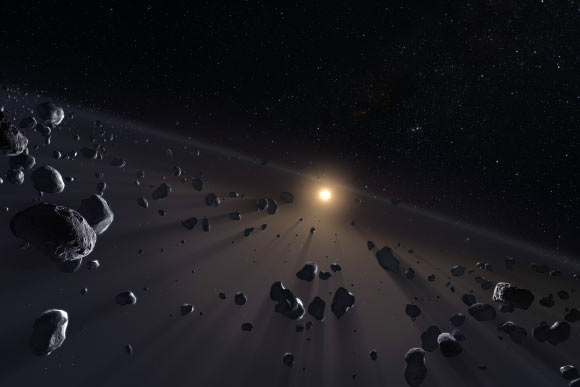Europa Produces Less Oxygen than Previously Thought
Using data from the Jovian Auroral Distributions Experiment (JADE) instrument onboard NASA’s Juno spacecraft, planetary scientists have calculated the rate of oxygen being produced at Jupiter’s icy moon Europa to…











